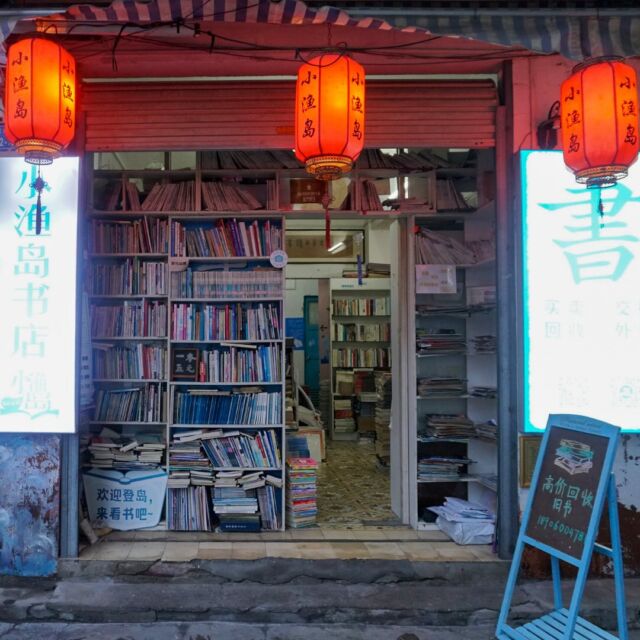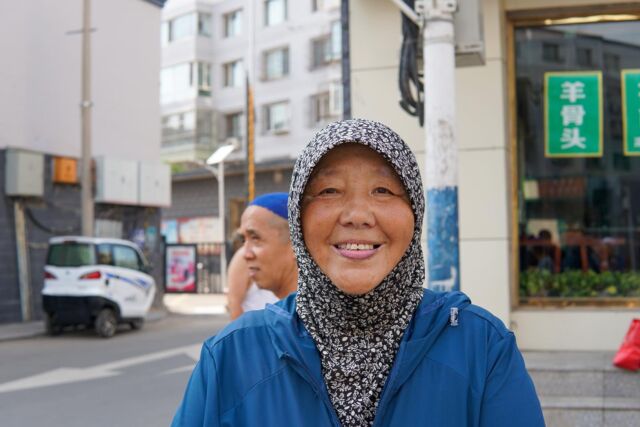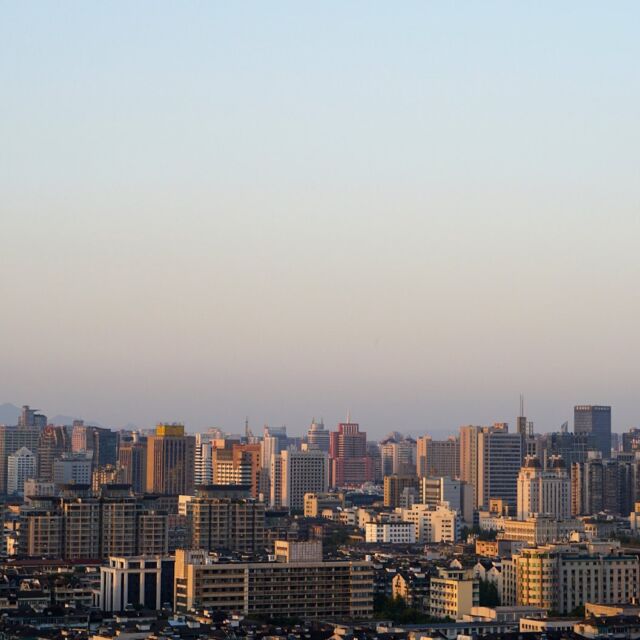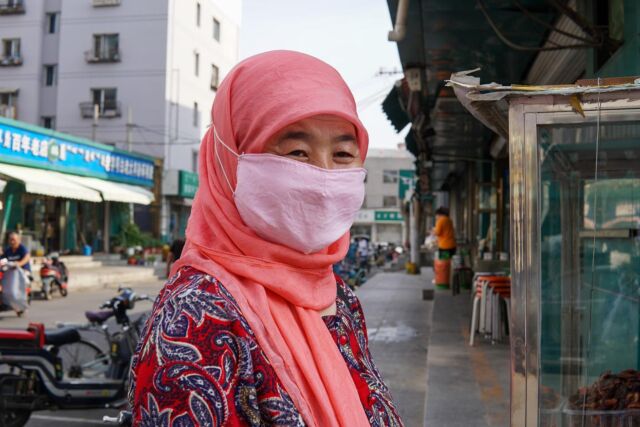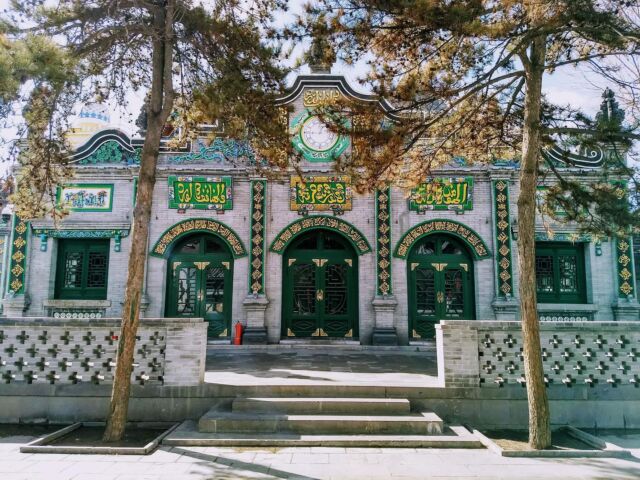
A blog on Ecuador may seem like it’s long overdue, but I think as long as the memory is fresh in my mind it’s worth documenting my continuous feelings once again. I continue to go through my Ecuador pictures from the summer of 2017 and think to myself: if I could, I would relive every moment and make it even better. Visit more places, socialize more, eat more good food, and the list goes on.
I stayed in Ecuador for exactly 36 days. Thirty-one days for my study abroad, and the other five for personal leisure. Despite the busy schedule of going to classes, assignments, and community service, there was no better time and place to have had the opportunity to learn and travel. Loving every moment, and embracing all the life lessons it has brought me. Luckily I journaled each day, so I’m left with the details I unwillingly forgot.
The main thing I learned about myself during this trip was how much I needed it. Visiting new places always has an astonishing way of liberating my heart and mind, and I’m sure many can relate. Sometimes we don’t realize the brokenness and hurt of our own condition until we venture into what is unknown to ourselves. Time heals, and so does being in places outside our comfort zone.
So when I think of Ecuador, I truly think of how much healing and love it gave my heart and mind in a time I needed it the most.
The purpose of my trip was for a study abroad program on “Well-being, Race, and Gender”. The program revolved around conversations and actual groundwork examining what it means to “live well” or “be well” in terms of race and gender from the perspective of self-identified Indigenous and Afro-Ecuadorians. There was so much dialogue regarding femininity, masculinity, power, whiteness, blackness, and much more. If I could use one word to describe the experience it would be: powerful. The effort of many of these communities, and communities all over the world who constantly engage in healing work is resilient.
I was fortunate to meet many along the way, and they were simply beautiful souls.
What I appreciated most about this trip was how organic it was. Despite the little frustration with last-minute flustering and crammed schedules, it was more of an “if something doesn’t work out, the world isn’t going to end” type of experience. The world is a lot more relaxed regarding time and everything not having to be perfect to the T.
Beyond the study abroad experience, I wholeheartedly recommend Ecuador as a must-visit destination. Not for the sake of the touristy things, but for its culture, history, architecture, food, and people. Basically everything. But mostly, a deeper understanding of the world we live in.
It’s not a place I paid much or any attention to before my visit, and for that reason, it’s my goal to visit locations I wouldn’t otherwise think of. I know these are the places I will find the most wholesome experiences in.
Scroll through my images and read the descriptions, and from there you can decide whether I’ve convinced you enough to visit. Fun fact: for all my North Americans, Ecuador’s official currency is the US dollar, so no need for currency exchange!
About Ecuador
Here are some facts about Ecuador you should keep in mind when you visit:
- Ecuador is one of the most environmentally diverse countries in the world, although it tops the world for the density of its biodiversity.
- Ecuador has two major centers of population and commerce, one being the port city of Guayaquil and the known capital city of Quito.
- Ecuador has four distinct regions – La Costa (the coast), La Sierra (the highlands), Andes (where you’ll find volcanoes and tall peaks), and La Amazonia (where you’ll find the Amazon, national parks, and Amazonian tribes and oil). There’s also La Region Insular, which is the Galapagos.
- Ecuador is situated on the equator, which is how the official name was given.
- Ecuador became part of the Inca Empire in 1463 (although the Indigenous tribes refused and fought for their people and land).
- Ecuador is known for exporting crude oil, shrimp, bananas, cacao, coffee, and Panama hats.
- A typical Ecuadorian dish will consist of meat, poltury, and seafood with a side of rice or potatoes, salad, and plantains. Keep scrolling to read more about the cuisine specialties below!
When to visit

Ecuador has two seasons: dry and wet. The dry season is from June to September, and the wet season is from October to May. Quito has a subtropical highland climate, meaning the city has a relatively cool climate due to its elevation and proximity to the equator. Quito is known to be a year-round tourist country for this reason. The average temperature during the day is 66°F (19°C), and 50°F (10°C) at night.
I would recommend traveling to Quito during the dry season for obvious reasons. I stayed from the end of July to the end of August, and the weather was perfect for me. Sunny, warm, occasionally hot, with a few colder rainy days.
Getting around

Public transportation in Ecuador is very inexpensive and accessible. Here’s a little quick overview of the options you have for traveling around Quito and beyond.
Trolley bus system: There are three bus systems that run through the city. They are Trolebus, EcoVia and Metrobus. These buses will have a designated lane separate from traffic.
Travel by Bus: There are two bus terminals in Quito where most buses leave from. The southern terminal (Quitumbe) or the northern terminal (Carcelen). From Quitumbe you can take a bus to cities like Banos, Latacunga, Cuenca, Guayaquil, Ambato, and more. From Carcelen, buses travel to the north to destinations like Otavalo, Mindo, and Ibarra.
Travel by Taxi: Taxies are yellow and are required to use the “taximetro”. Taxi fares will begin at $1.50. It’s best not to pay with large money notes (ex. $10, $20), especially if the total cost is a couple of dollars.
Safety & Security Tips
- Pickpocketing is very common. Secure your belongings!
- If you plan to take the city bus during rush hour, it can get very packed.
- Avoid traveling at night and/or walking in quiet streets
- Make sure to kindly remind the taxi driver to turn on the meter (“taximetro”)
What to visit
Well then, here are all the places I cherished in Quito, and hope you do too!
Old Town Quito


The Old Town is basically the hub of many tourist attractions. You can easily see the colonial influence on the architecture, with European, Moorish, and Indigenous styles all coming together. The city has a very vibrant and intricate feel to it. Many of the sites I’ve listed below are located within the old town. Your time in Quito wouldn’t be complete without strolling around the old town.
Virgen del Panecillo

Located in the Old Town, the large and beautifully sculptured tower allows you to oversee much of the city. Quito sits high on the Andes mountain, and once visiting this tower you’ll be able to see just how mountainous the region is. The monument is both the tallest aluminum statue in the world and the world’s largest winged representation of the Virgin Mary. It’s quite the sight.
Basílica del Voto Nacional


Also located in the historic district of the Old Town is the Roman Catholic basilica. It is the largest neo-Gothic basilica in the Americas. The basilica sits on the hilltop of the city, where you can overlook much of the Old Town and the city. Before entering the structure there is an entrance fee of $2 for all who visit the interior and an additional $2 for climbing the tower. Little coffee stands and gift shops are also outside the basilica, but can also be found inside the church. For the love of architecture and history, it was worth the visit.
Compañía de Jesús


The architect enthusiast I am, it was exciting to see how beautifully designed this church and many others were within the city. As you walk in, there’s a wall with elegant gold textiles and also the furthest you can go if you’re looking to take pictures. For the sake of respecting the space, cameras and phones are to be put away.
Entering the interior of the church there’s a very fine bridge between the old and the new in how the structures have been preserved. This was one of the first sites we visited in the Old Town. Walking around the church, you’ll see many artifacts that are kept and used as a means of preserving its history.
Presidential Palace

Located in the historic district, and in very close proximity to the Compañía de Jesús, you’ll find the Presidential Palace. Before entering the palace, make sure to have your passport in hand for a quick screen, along with going through security. There will most likely be a tour guide who will lead you inside the palace and give you a brief history lesson. During our visit, unfortunately, the president was attending a meeting so we didn’t get the chance to meet him. Walking around the palace, you’ll see guards in their uniforms and straight faces. I and a couple of my classmates attempted to make them smile but completely failed hehe.
Fundación Guayasamín

This is a museum dedicated to the sculptor and painter Oswald Guayasamín. The museum is a representation of a multicultural complex bridging pre-Colombian, colonial, and contemporary work together throughout the interior of the structure and the garden.
Festival de las Luces

A light festival that takes place in August is known to be one of the many highlights that occur during the summertime. The festival starts at night with light shows being showcased on the exterior of many historical/colonial churches in the Old Town. There are multiple shows each night during the week of the festival, with crowds of people all moving in the same direction to see the next light show displayed in the next church. Some would recommend not bringing valuable items for the reason of being pickpocketed and because of how crowded the streets are. And if you do choose to bring items like your phone, camera, etc., just be extremely mindful that anything could happen. Street food, bakeries, and restaurants are all very lively, and for the sake of how good bakeries are in Quito, I wouldn’t pass on them.
Ciudad Mitad del Mundo



Lo and behold, the middle of the world! I think all visitors who come to Ecuador typically make a trip to this site. When walking into the globe-shaped museum you’ll find information and showcases about the equator and other science-related discoveries. Once you get to the open rooftop, there’s a beautiful view of the whole museum and the large “Mitad del Mundo” sign……and of course, all cameras get pulled out. Near the tower, there’s also a cacao museum, where we learned about the production of chocolate. Yum!!
Intiñan Solar Museum

Not far from La Mitad del Mundo and Pululahua, you can visit the Intiñan Solar Museum to learn more about places on the equator, see equator-related science experiments, and how the Incas determined the middle of the world. There are also displays of artifacts that tell about Ecuador’s history which was explained by our very good-looking tour guide (mashallah). If that’s not a good enough reason to go, I don’t know what is….hehe jk.
Pululahua

I would combine visiting Pululahua, La Mitad del Mundo, and the Intiñan Solar Museum since all of them are situated near each other. Pululahua is a geobotanical reserve, also the first national park to be created in Ecuador and in South America to protect the place. Once you get to the reserve, if interested there is a steep trail that takes about 45 minutes to see the crater. We decided to stay at the top for the reason of time is short, but even from above, there’s an incredibly breathtaking view. It’s one of those places that gives you an automatic calming feel from simply breathing and taking in all that mother nature has to offer, Subhanallah.
Mercado Artesanal

A 10-15 minute walk from our hostel was the Mercado Artesanal. With little vendors selling all types of goods from bags, coffee, chocolate, scarves, souvenirs, and so much more. Basically all the touristy things any market-lover would enjoy. There’s also a large market in Otavalo, which is very similar to the one in Quito, but a lot less touristy. It’s also a lot more centered on supporting local businesses, particularly the Indigenous community.
I would highly recommend adding Otavalo and El Juncal (Afro-Ecuadorian community) located in the Ibarra province into your itinerary, to get a better understanding of the country’s history and culture.
Parque de Carolina

A beautiful park located in the city. It has a range of activities from boat rides, an outdoor gym, and a spacious field and playground. You’ll find that a picnic or just a simple walk through the park will be very wholesome. After walking a long way from our university, we walked through the park and came to find a “Quito” sign. I personally was really excited to take pictures. Hopped on the sign and managed to take a good picture with the crew. I also recall us meeting other foreigners, one from China and another from Colombia. Small world, eh.
Mezquita Khaled Ibn Elwaleed

For all my Muslim travelers looking to visit Quito, there is actually an increasing population of Ecuadorian Muslims, along with many immigrants from places like the Middle East and South Asia. Visiting the mosque was one of my highlights. We were able to pray Friday prayer on the one Friday we didn’t have any scheduled activities or class. The mosque is located close to Parque de Carolina, so combining the two visits would be ideal. Also meeting some local Muslims will make getting information on places to eat a lot easier and making new friends.

Bonus: Etiopia Cafe

Ecuador is full of cute and cozy cafes and pastry shops that you cannot miss. On our walk back to our hostel, we spotted a cafe named after Ethiopia. And of course, what did we do? Take pictures, and go inside for a good cup of love.
Ecuador is also known for its coffee and cacao as I’ve mentioned before, so if you get the chance to try either or both I highly recommend looking for a local shop or seller to get your fix 

Food Specialities

Here are some of the food specialties you might want to know and try:
- Cuy: roast guinea pig
- Locro: soup made of potatoes, corn, cheese, and avocado
- Empanadas: corn pastries stuffed with meat, cheese, or vegetables
- Llapingachos: cheesy potato cakes (my favorite!)
- Seco de chivo: goat stew usually served on special occasions
- Ceviche: raw seafood “cooked” in lime and chili
- Encocados: a traditional coastal dish of fish served in coconut sauce
- Aji: Ecuadorian hot pepper sauce
- Fanesca: special soup served on Easter, made with beans, grains, and cod
- Fruit: best jungle fruits include, chirimoya (also my favorite!), mamey, and pepinos
Depending on the region you’re in (the Coast, Andes, highlands, and Amazonia), there will be slight differences in the traditional and/or more commonly made dishes. And to my Muslim travelers who follow a halal diet, I would recommend sticking to a seafood diet if you’re food options become limited.
Main highlights
- Practicing my Spanish
- Making friends with the hostel staff
- Learning about the Indigenous and Afro-Ecuadorian communities in Ecuador
- Walking around the city
Bucket list for next time
- Visit more architectural splendors
- Stay longer in surrounding cities (Cuenca, El Juncal, Otavalo)
- Eat more food, especially llapingachos and empanadas!

If you’ve come this far, thanks for following the journey, and hope you continue to stick around
Stay boundless!











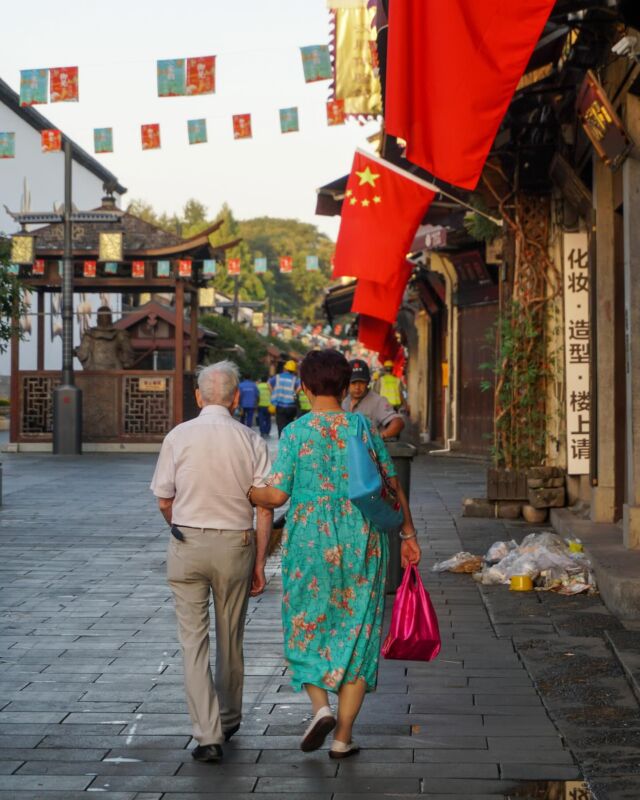
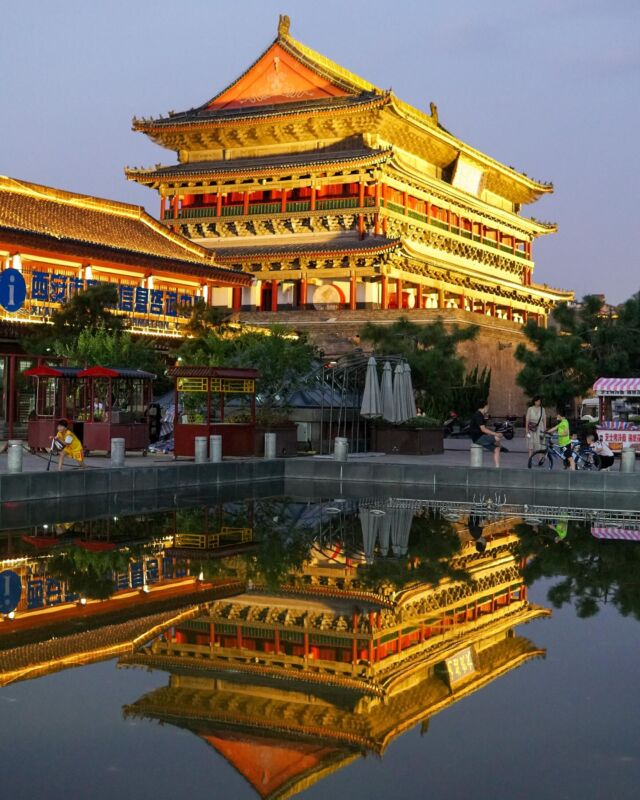
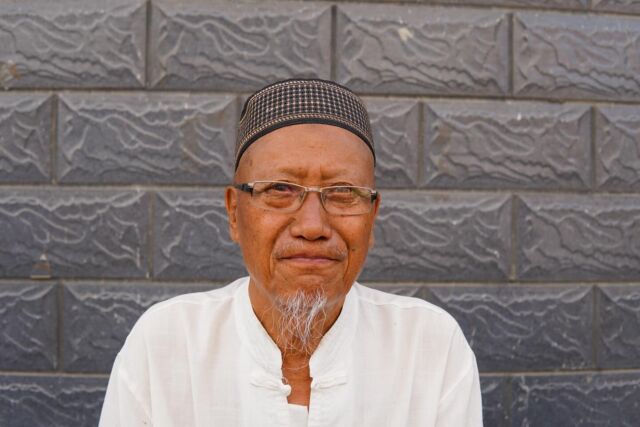
 Hidden bookstores on my bike
Hidden bookstores on my bike